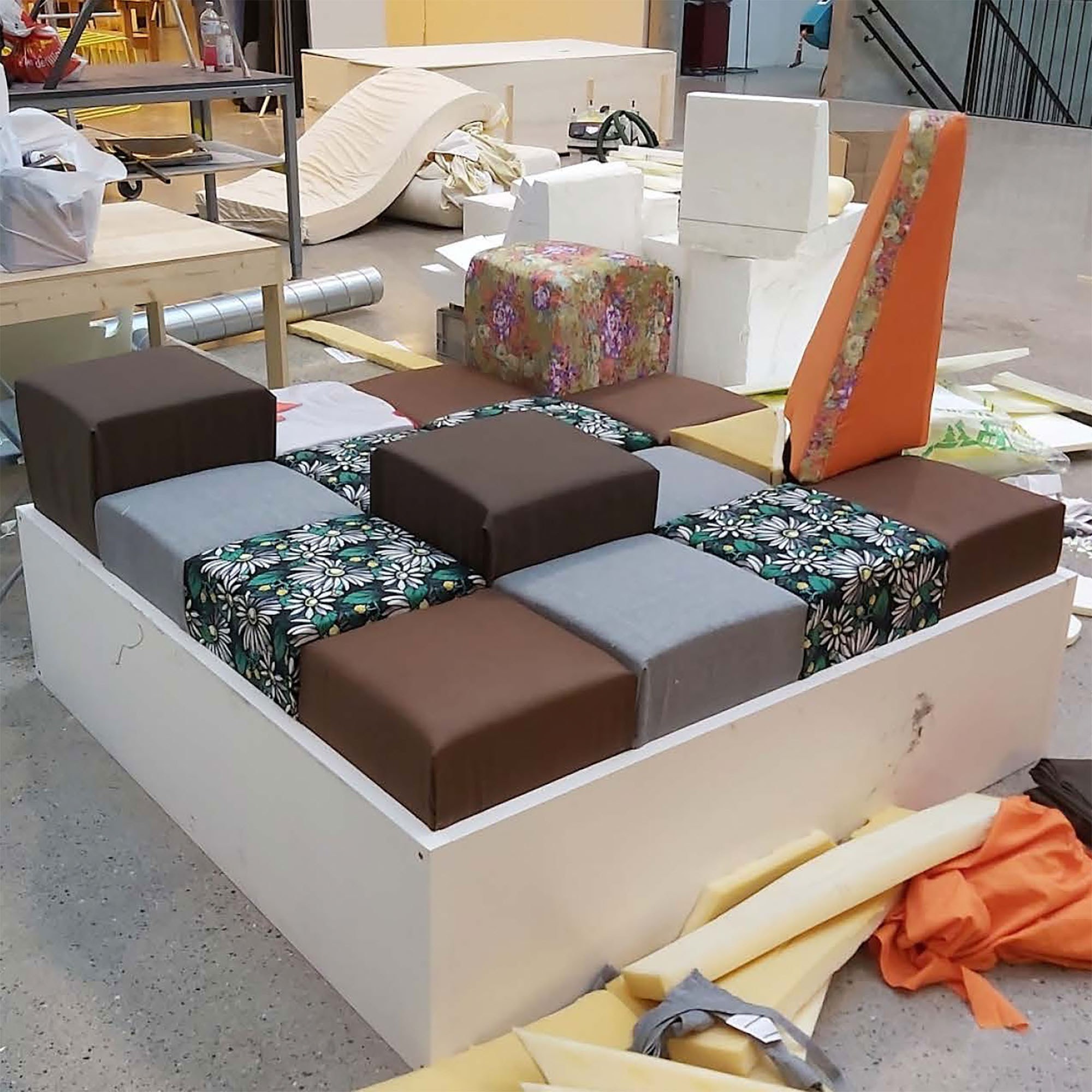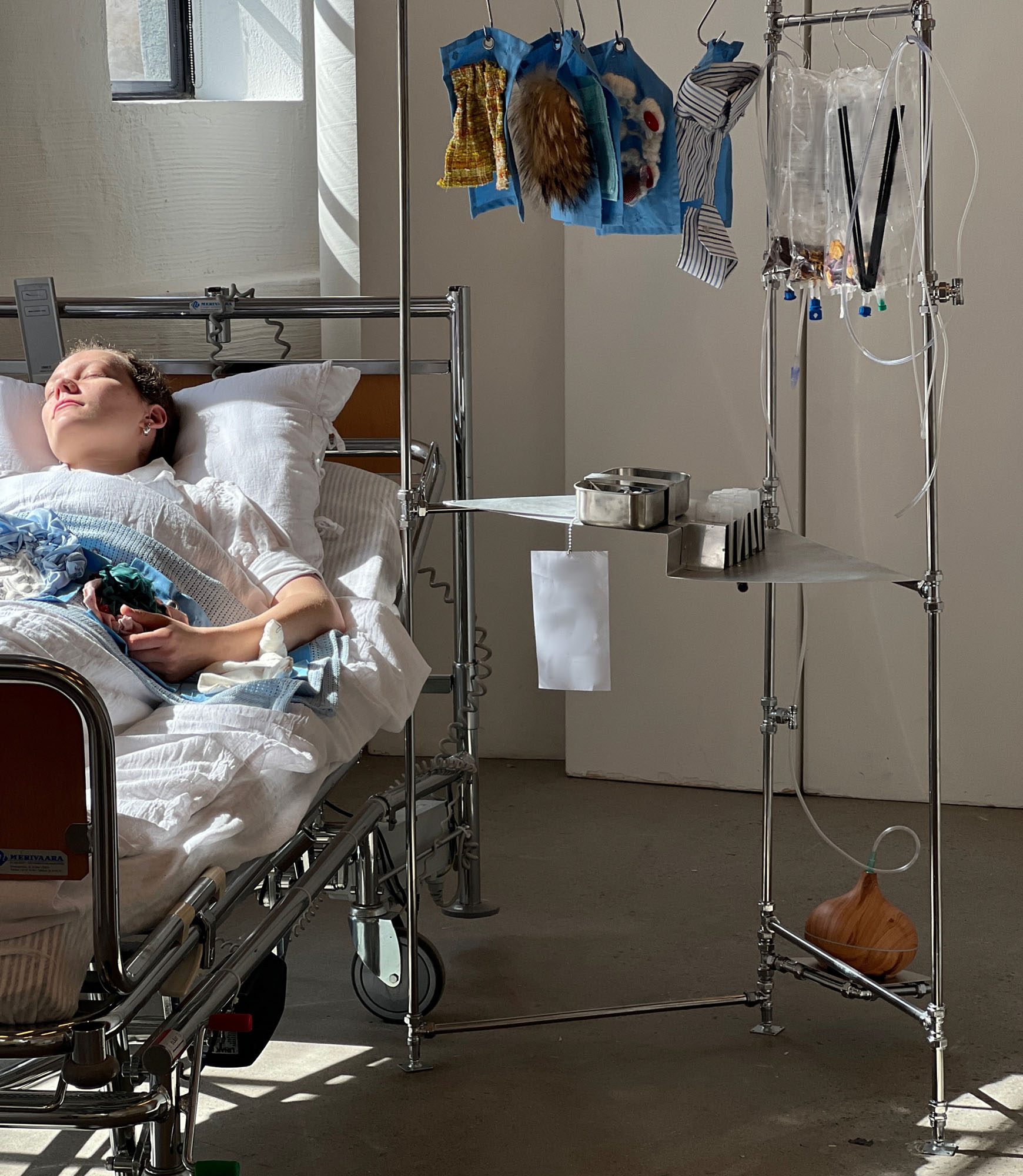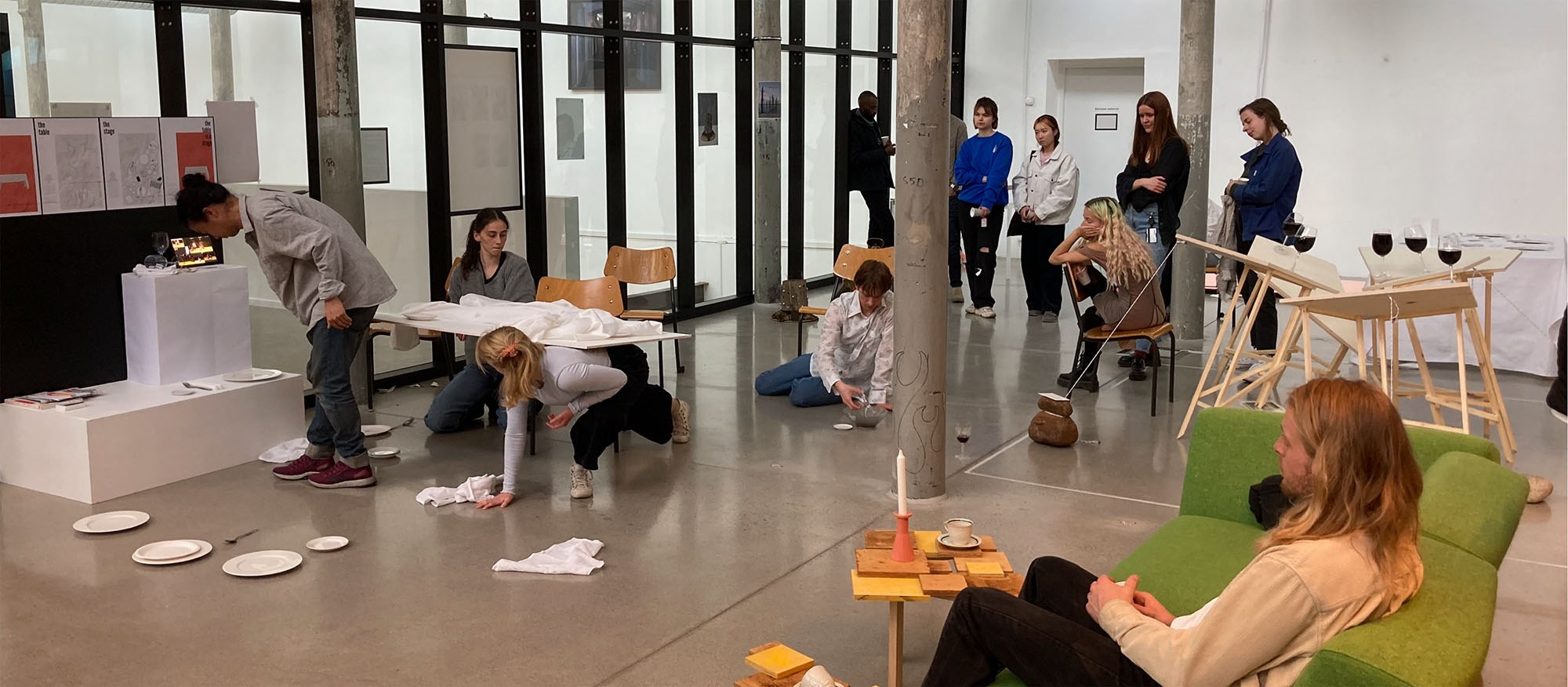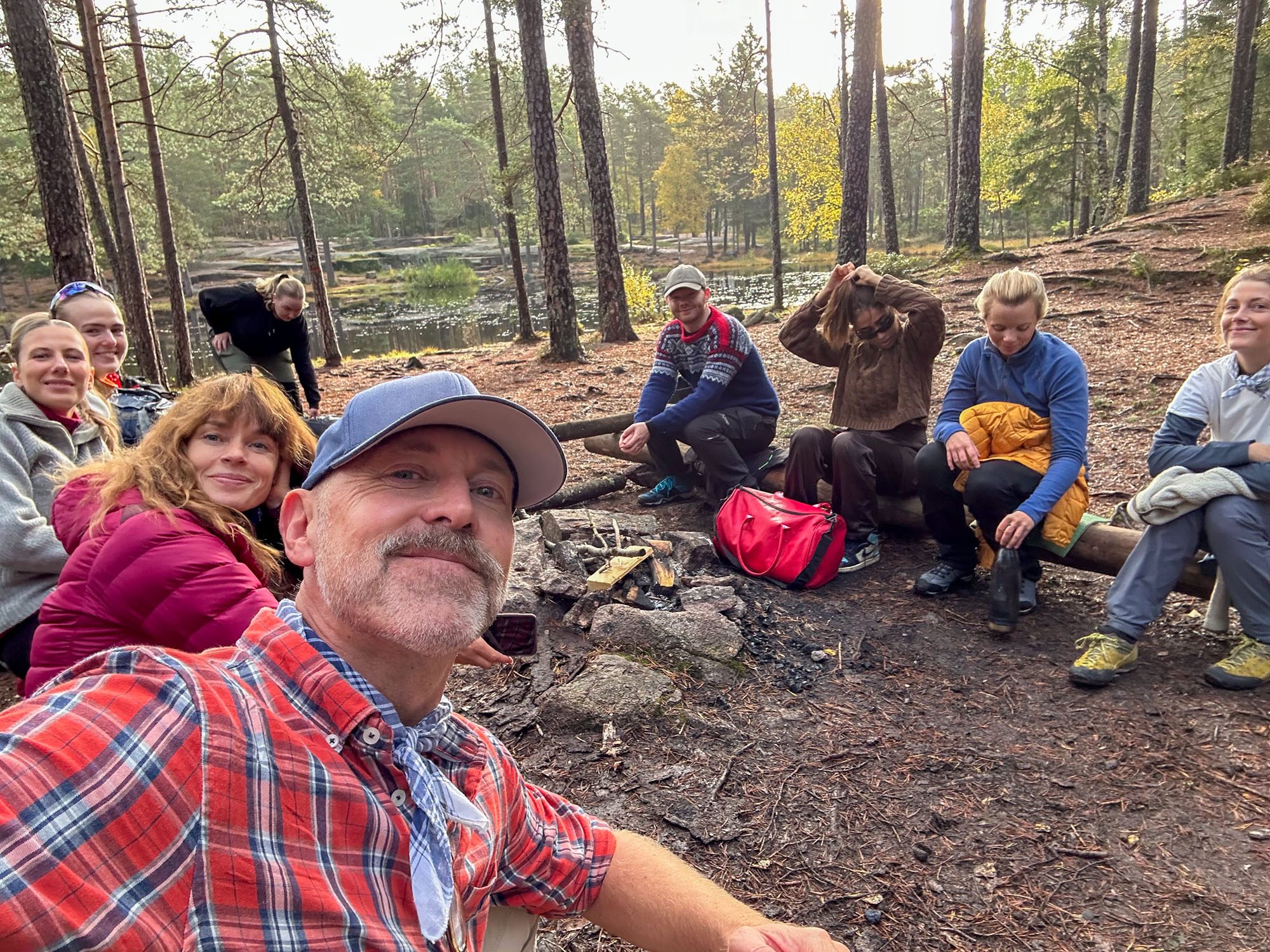When we have defined in KHiO our key domain of knowledge creation being within the social spaces, the encountering of each other as diverse cultures within our built environments, it gives us a good backbone to reflect on this rapidly changing world. Yet it also forces us even more so to responsibly question all the time our profession’s raison d’être; what kind of a world we are building, how is our discipline responding to it and how do we educate professionals to be prepared for that. It is privilege to be in the frontline with the resilient students and co-teachers to critically examine what are we supposed to learn and how this should take place within Interior Architecture and Furniture Design pedagogies, when ambiguity is the new standard. This is what we are doing, addressing this continuous flux by being passionate and engagement to rethink, how to respond to the changing conditions for providing the optimum learning environment available. It is more and more about experimental teaching practices when the conventional didactic models have become simply redundant.
Our main event of the year 2022 was the so-called material week; a weeklong set of public international events focusing on materiality, as a first one in a series of many to come. Under the title “What’s the Matter” we brought in a broad set of international speakers and workshop organisers to ponder and inquire into contemporary material practices in design; how are materials designed, grown, made, reused and upcycled. The event was a success, both with the number of students’ engagements in the form of workshops, but also as a dialogue with the professional community around us. The event builds onto one of our key focus areas, the cross-disciplinary material knowhow. This follows our previous line of actions such as the research projects in wool and our recent requirements within our PhD programme.
In terms of our international affairs the post-pandemic restrictions have still had an impact on our mobility. Yet slowly the activities and the collaborations are recovering and finding new forms and practices. Under the umbrella of our ongoing international research project, “Connecting Wool”, we organised a joint event in Japan, where now the experimental making and producing of novel applications where under a critical scrutiny. The results were exhibited at a public event in the Norwegian Embassy in Tokyo.
KHiO 2022



















